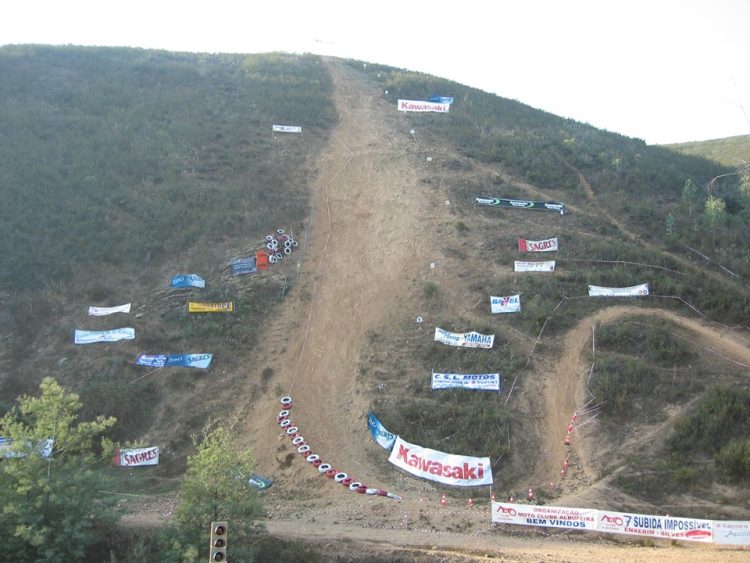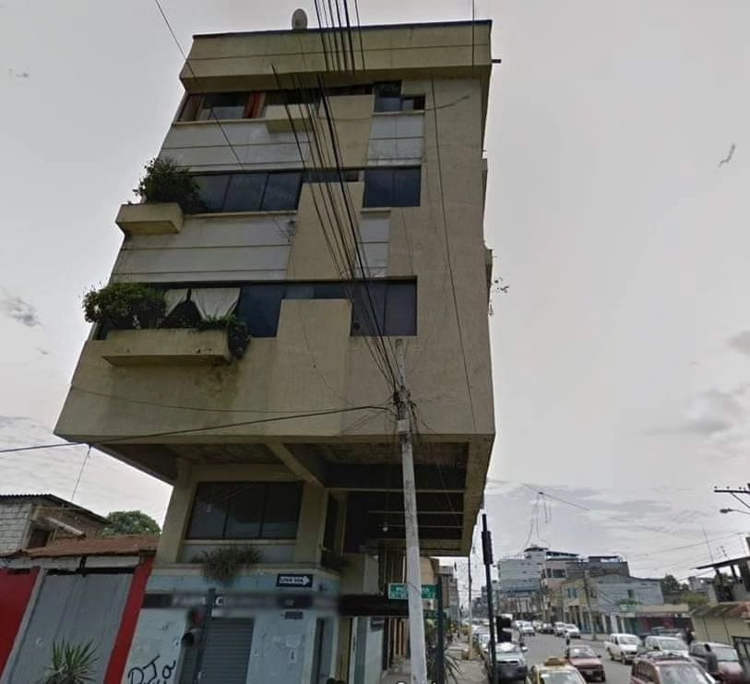For Michael Wallace, the streets are his drawing board and maps, his canvas. For a paintbrush? He uses his bicycle! GPX Riding is what he calls his art. Confused? So was I, at first.
When I got a hang of what he’s been doing, I was simply amazed. He explains his artwork on his website in simple terms, “GPX Riding is my general term for using a GPS device to track and record my location while riding my bicycle. In short, I use GPS technology to record where I go in a planned effort to create massive images.” Massive images indeed, his gallery of artwork displays pictures of guns, hammers, snails, monsters, scorpions and more. Pretty basic stuff if you were drawing on paper, but very complex if you are tracing it out with your bike.





















